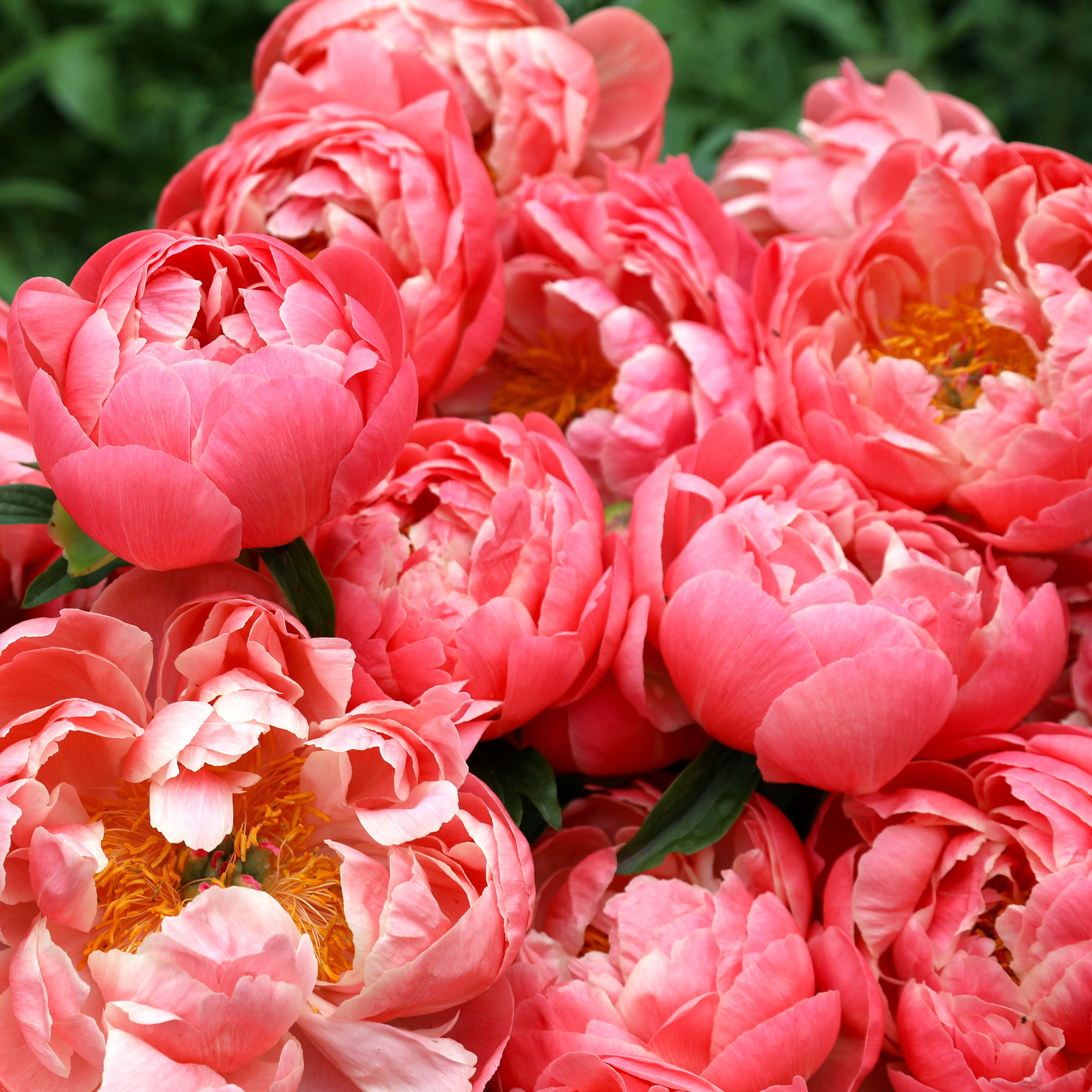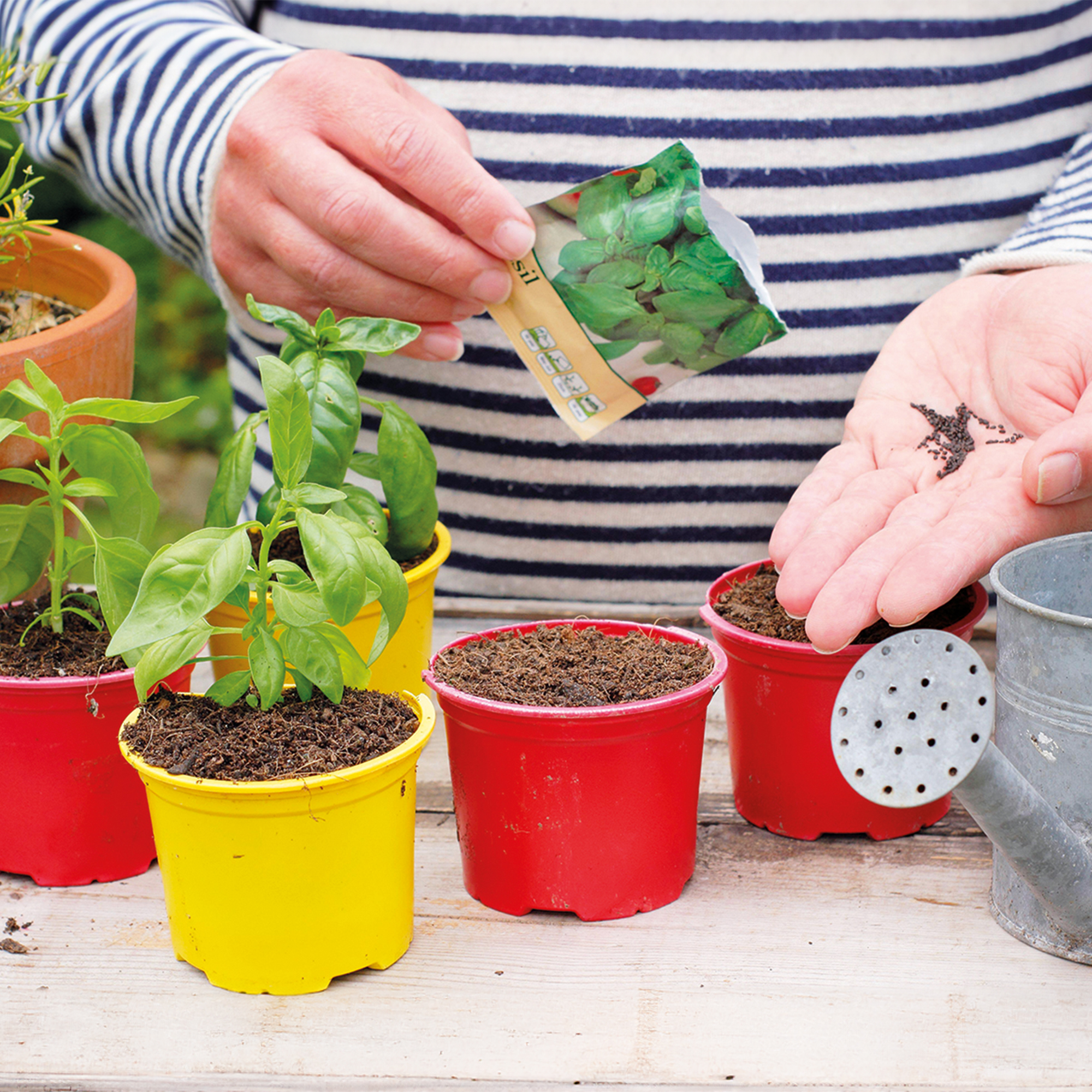Reverend Morrow’s Tomato Plant: Caring For Reverend Morrow’s Heirloom Tomatoes

If you are looking for a tomato plant with fruit that lasts a long time in storage, Reverend Morrow’s Long Keeper tomatoes (Solanum lycopersicum) might be the very thing. These thick-skinned tomatoes can hold their own in storage for a long time. Read on for information on Reverend Morrow’s heirloom tomatoes, including tips on growing a Reverend Morrow’s tomato plant.
Reverend Morrow’s Tomato Plant Info
Reverend Morrow’s Long Keeper tomatoes are determinate tomatoes that grow into stand-up bushes, not vines. The fruit ripens in 78 days, at which time their skin turns a golden orangish red. They are also known as Reverend Morrow’s heirloom tomatoes. Whatever name you choose to use, these long keeper tomatoes have one principal claim to fame: the incredible length of time they stay fresh in storage. Reverend Morrow’s tomato plants produce tomatoes that keep for 6 to 12 weeks over winter. This gives you fresh tomatoes long after tomato growing season.
Growing a Reverend Morrow’s Tomato
If you want tomatoes that you can use into winter, it may be time to start growing a Reverend Morrow’s tomato plant. You can start them from seeds six to eight weeks before the last spring frost. Wait until the soil is warm to transplant the seedlings of Reverend Morrow’s heirloom tomatoes. They need a location in full sun and prefer rich soil with good drainage. Keep the planting area free of weeds. When you start growing a Reverend Morrow’s tomato, irrigation is essential. Be sure the plant gets 1 to 2 inches (2.5-5 cm.) of water every week, either through rain or supplemental irrigation. After about 78 days, Reverend Morrow’s Long Keeper tomatoes will begin to ripen. The young tomatoes are green or white, but they ripen into pale reddish orange.
Storing Reverend Morrow’s Long Keeper Tomatoes
These tomatoes last a long time in storage but there are a few guidelines to follow. First, select a spot to store the tomatoes with a temperature of 65 through 68 degrees F. (18-20 C.). When you put the tomatoes into storage, no tomato should touch another tomato. Don’t plan on keeping blemished or cracked fruits very long either. These are the ones you should use right away.
Gardening tips, videos, info and more delivered right to your inbox!
Sign up for the Gardening Know How newsletter today and receive a free copy of our e-book "How to Grow Delicious Tomatoes".

Teo Spengler is a master gardener and a docent at the San Francisco Botanical Garden, where she hosts public tours. She has studied horticulture and written about nature, trees, plants, and gardening for more than two decades. Her extended family includes some 30 houseplants and hundreds of outdoor plants, including 250 trees, which are her main passion. Spengler currently splits her life between San Francisco and the French Basque Country, though she was raised in Alaska, giving her experience of gardening in a range of climates.
-
 ‘Coral Charm’ Peony Care For Sublime Semi-Double Peonies With Lush Salmon Pink Flowers
‘Coral Charm’ Peony Care For Sublime Semi-Double Peonies With Lush Salmon Pink FlowersPeonies are known for their soft baby pink or magenta tones, but if plushy coral blooms are your thing, here’s our guide to the ultimate ‘Coral Charm’ peony care
By Tonya Barnett
-
 How To Grow Seeds Quickly: 8 Expert Tricks For Fast Flowers & Crops
How To Grow Seeds Quickly: 8 Expert Tricks For Fast Flowers & CropsIt's never too late to start growing! Jump-start your flower or vegetable garden with these pro tips and tricks for germinating seeds in record time.
By Amy Grant